As the 2023/2024 winter term is coming to an end, we look back on this semester’s lecture series on “Lifelikeness”. Having started with c:o/re director Gabriele Gramelsberger’s lecture on October 25th, 2023, the series concluded recently with a lecture from Michael Friedman on February 7th, 2024.
Over the course of seven captivating lectures, we delved deep into debates on the concept of “Lifelikeness”, having explored its various dimensions, implications and interpretations. Throughout the series, we had the opportunity to hear from seven different speakers, learning what “Lifelikeness” means to them and sharing the joy of hosting them at KHK c:o/re in Aachen.
Let’s come together to summarize this intriguing lecture series.
Life from scratch – Gabriele Gramelsberger
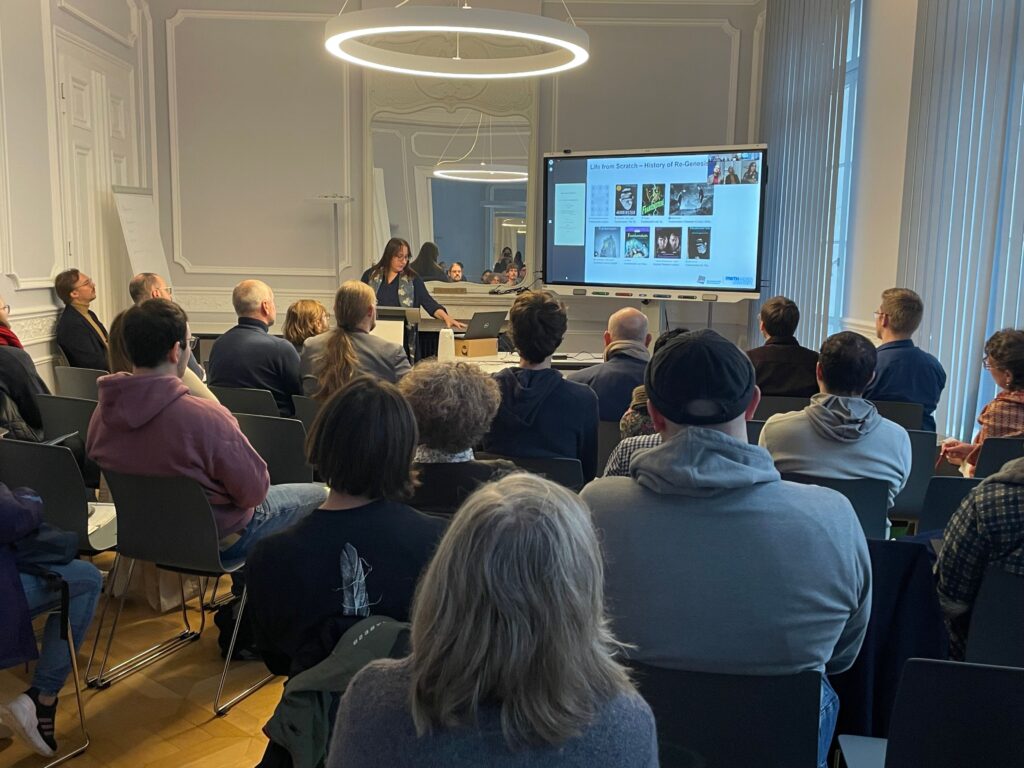
Opening the “Lifelikeness” lecture series on October 25th, c:o/re director Prof. Dr. Gabriele Gramelsberger gave a talk entitled “Life from scratch”. We got to explore the fascinating world of synthetic biology and the quest to create life from scratch.
This lecture provided an insightful introduction to the history of re-genesis, followed by an overview of current practices in synthetic biology of programming life. It concluded with some reflections on the proliferating “domain of synthetica.”
For a more detailed overview of the talk, you can visit our blog post on the first talk of the “Lifelikeness” series.
Robot, a Laboratory “Animal”: Producing Knowledge through and about Human-Robot Interaction – Andrei Korbut
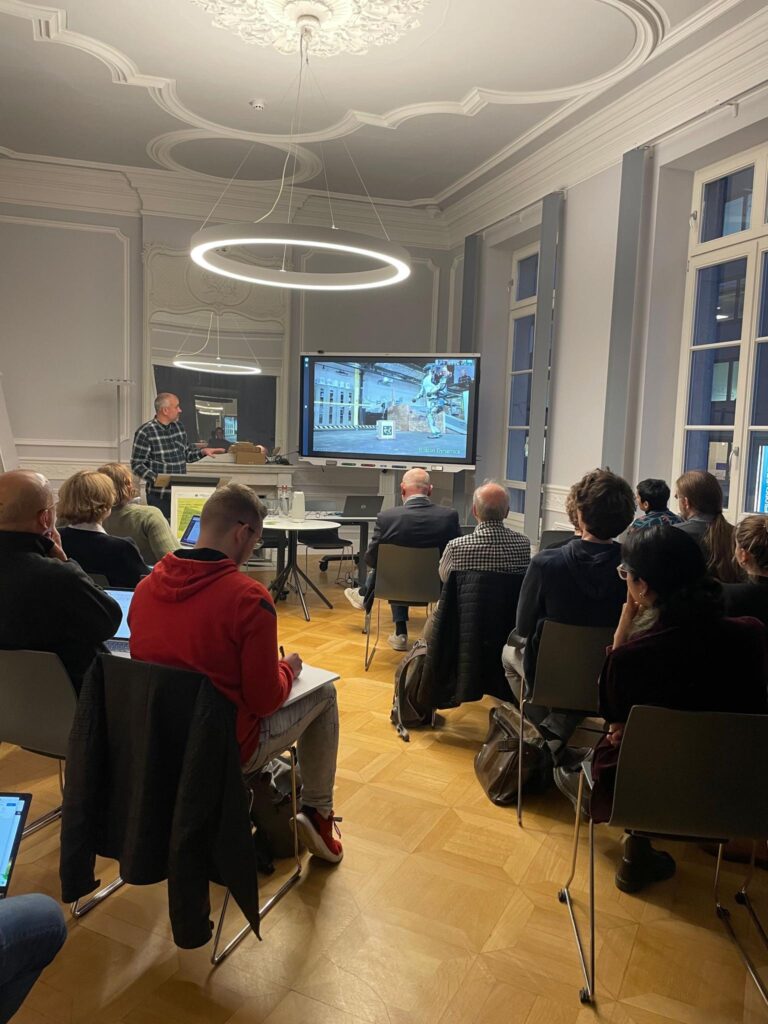
For the second lecture, we were delighted to listen to c:o/re Junior Fellow Dr. Andrei Korbut, who explored the use of robots (primarily humanoid) in robotics laboratories to produce knowledge about human–robot interaction (HRI).
The lecture introduced a conceptual framework for studying robots as contemporary laboratory “animals”, based on the notion of different types of lifelikeness that can be ascribed to humanoid robots. It convincingly argued that robots, unlike other types of laboratory “living instruments”, allow for a much closer connection between tools and objects in knowledge production because they hinder their being perception as “natural objects”.
For a better insight, have a look at our blog post on the second talk of the “Lifelikeness” series here.
When asked to reflect on what the word “Lifelikeness” evoked for him, Andrei Korbut offered the following answer:
“When I hear the word ‘lifelikeness’, I think of imitation. For me, lifelikeness is something that is produced, but also something that is imputed. People are very good at seeing life in the inanimate world around them, but they are also very interested in creating the illusion of life. This makes lifelikeness not only a perceptual but also a cultural phenomenon. Hence, there are many forms of lifelikeness, serving many purposes, from entertainment to curing disease.”
Neuromorphic Computing: Inspiration from the Brain for Future AI Technologies – Emre Neftci
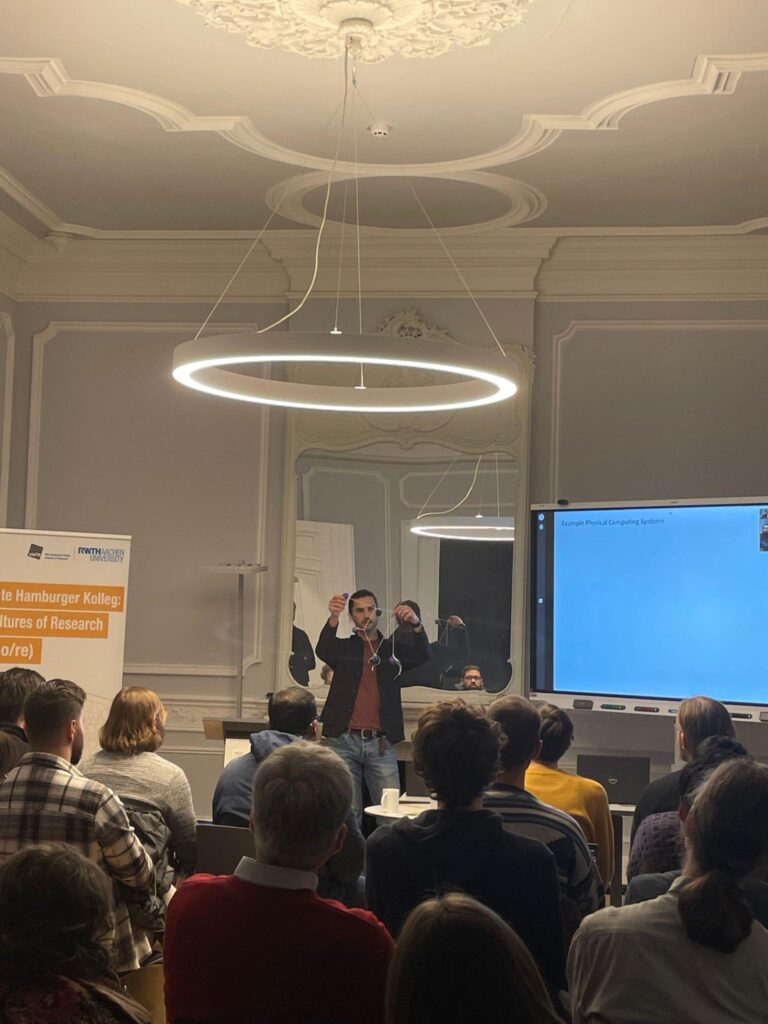
Is it possible to emulate the brain’s efficiency and robustness? Will such brain-inspired solutions enhance state-of-the-art AI algorithms or will they lead to yet different problematizations? In our third lecture, Prof. Dr. Emre Neftci shed light on these questions from the perspective of brain-inspired “neuromorphic computing”, explaining how current AI was shaped by neuroscience, what stands in the way of emulating the brain, and the potential benefits of taking a deep dive into how life shaped computation.
In response to our question about his initial impressions of the word “Lifelikeness,” he answered:
“In the neuromorphic computing research area “lifelikeness” is a central and hotly debated
question. How much of the brain does one need to emulate to build intelligent machines? Do we need to closely mimic biology, or can we get away by mimicking the brain’s (so far unknown) computing principles? Foundational models such as chatGPT seem to indicate the latter, but at a huge cost in energy and hardware. However, if we hope for such powerful models to run on our daily devices, being closer to biology may be necessary.”
Art’s Mediation as Remediation: On Some Artworks and their reuses of Toxic Materials – Esther Leslie
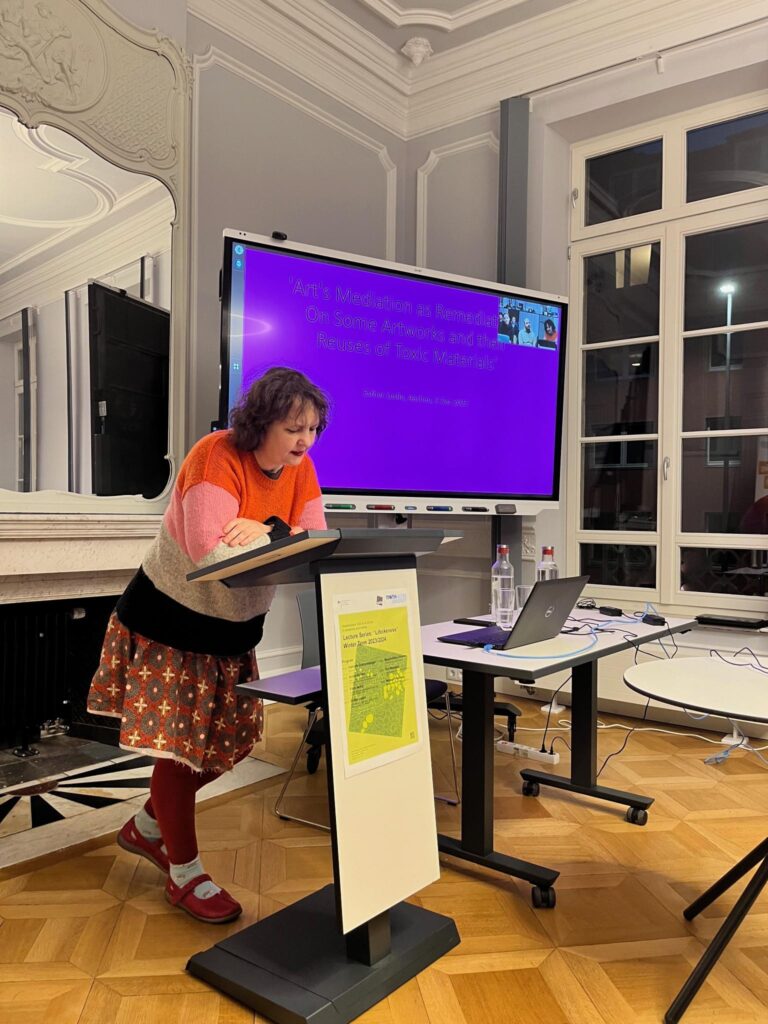
Drawing on the various ways in which Walter Benjamin and T.W. Adorno addressed both the assault on nature, in the name of progress, and the possibility – or significance – of art in and after catastrophe, a number of contemporary art practices were examined in the fourth lecture, by Prof. Esther Leslie as a working through of art as a form of mediation.
Leslie looked at this mediation from multiple perspectives, between nature and culture, between world and self, between politics and aesthetics and their connections to toxic materials in order to reflect the transmutational capacities of art practice.
The talk was embedded in a workshop on “Toxic Material(itie)s: Eco-Material Entanglements in Art” taking place at KHK c:o/re, amongst others organized by Alumni Fellow Dr. Kyveli Mavrokordopoulou.
Towards an Ecology of Technoscience – Massimiliano Simons
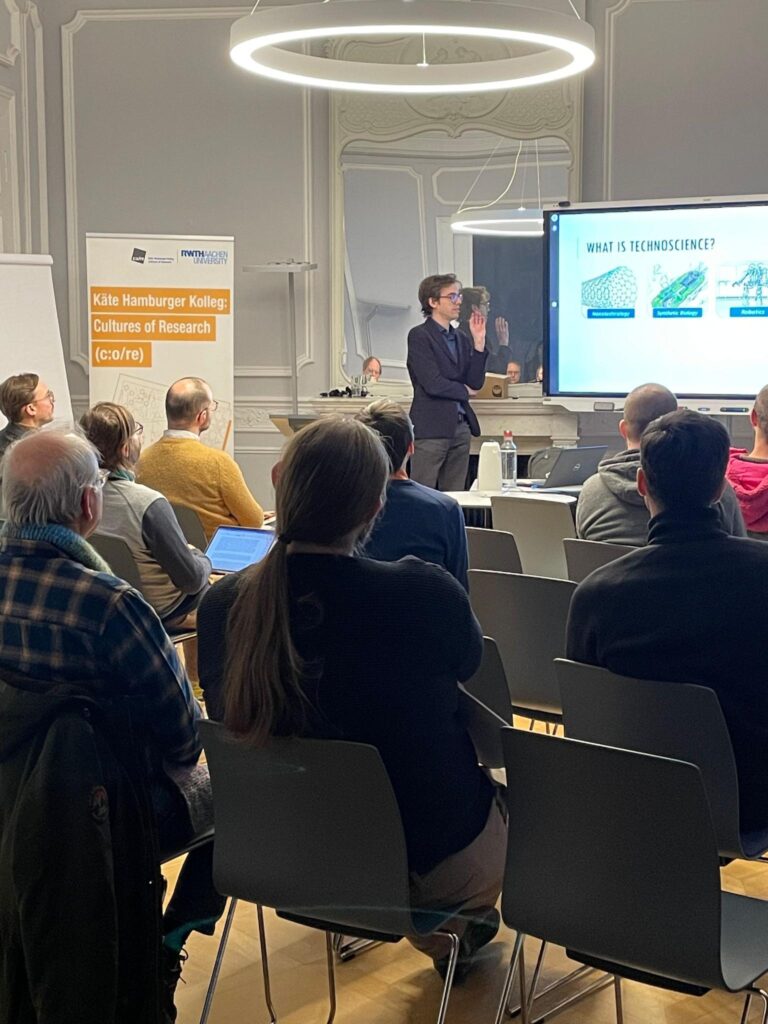
The goal of our fifth lecture, by Dr. Massimiliano Simons on January 10th, was the development of a general framework for how and why technoscience can be characterized by a fascination with self-organization and loss of control.
Simons introduced a case on newly emerging technologies, which involve a loss of control in scientific research: scientists do not have full control over the outcome but grant the system under study a level of autonomy. Machine learning in data science was highlighted as an obvious case, where a problem – often in the form of discriminating between types of data – is solved not by rational design, but by letting a self-learning algorithm find patterns.
In his talk, Simons focused on the life sciences, and particularly the method of directed evolution in synthetic biology, which is said to follow similar lines: solving a set of problems – how to design specific molecules or enzymes – not by rational design, but by creating a context in which natural selection solves the problem.
Reflecting his initial associations upon the term “Lifelikeness,” he stated:
“For me, lifelikeness refers to systems that show behavior to uphold a certain norm, making a distinction between desirable and undesirable states. What would make it really alive is the subsequent capacity to autonomously create its own and novel norms.”
Flowers for Agouti: Epigenetics and the Genealogy of Uplift – Ben Woodard
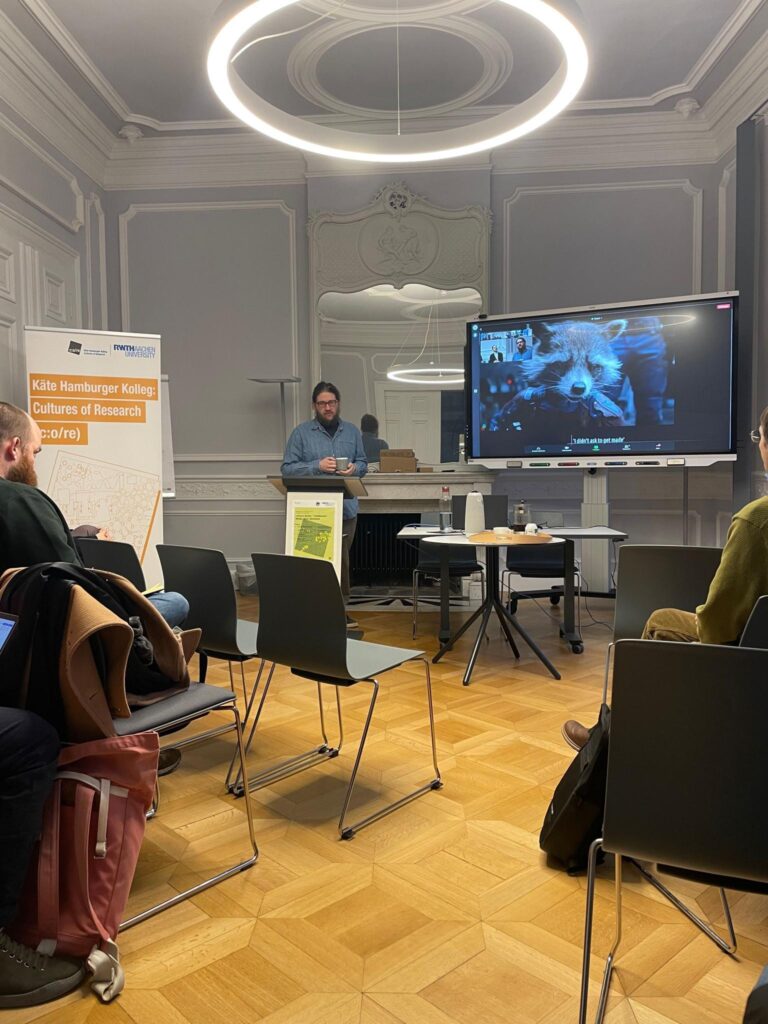
In the sixth lecture, Dr. Ben Woodard joined us with a talk that examined how recent discussions of epigenetics complicated notions of a too hasty equation of cognition and agency both within humanity and across species that the concept of uplift is championed as an anti-Darwinian politics of Eurocentric teleology.
According to Woodard, the notion of uplift, particularly as proliferated under the banner of transhumanism carries racist undertones. Like many concepts in science and technology studies, uplift carries views stemming from science-fiction and social justice. It refers to the raising up of one species by another as well as a historical (and often racially codified) way of speaking of how one group can be raised above others within limiting structural conditions. He underlined that while these notions seem disparate, they in fact have a shared history that hybridizes fictional and non-fictional aspirations for future humanity as well as the origins of civilization.
He answers the question of what he associates with “Lifelikeness” as follows:
“Lifelikeness to me suggests behavior that appears purposive – something seems alive when it is actively seeking out new environments as well as changing its current environment to suit its needs.”
Bio-inspired Materials and Dreams of Inspiration – Michael Friedman
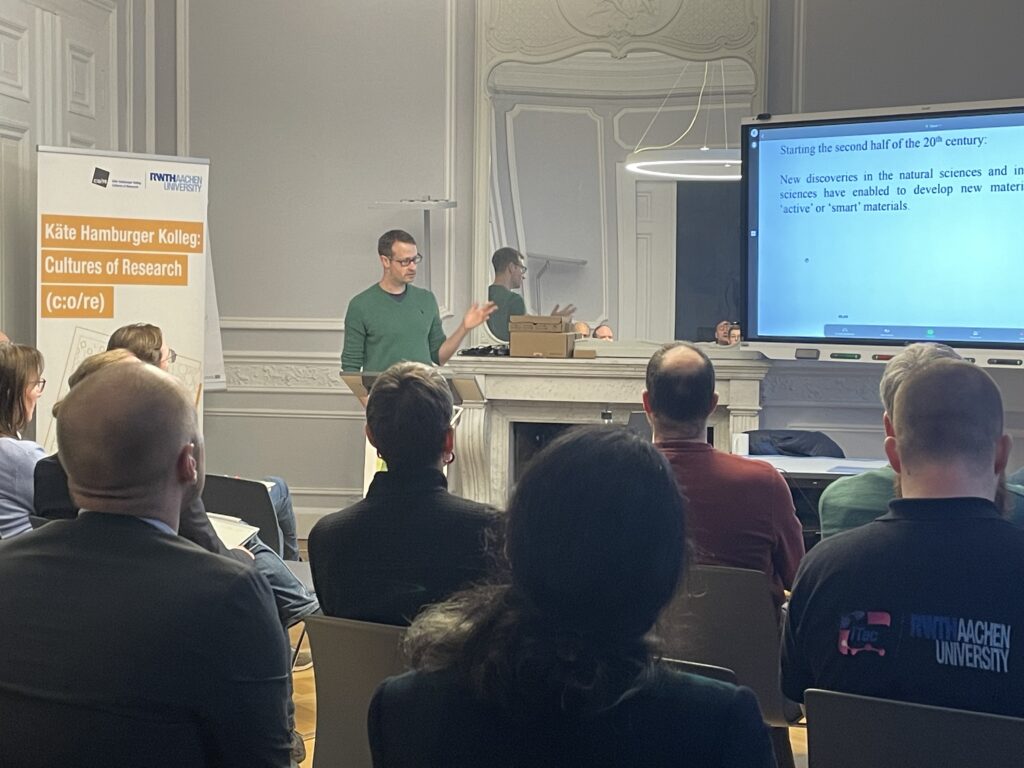
Dr. Michael Friedman took the stage during our seventh and last lecture of the “Lifelikeness” lecture series to discuss whether the dream of inspiration from nature for manufactured active materials is not a revision of a much older view, or rather metaphor, to read and finally write the ‘book’ of nature as the scientific analysis of organic materials may lead to the fabrication of these synthetic and bio-inspired active materials.
The model for these newly developed ‘active’ and ‘Bio-inspired’ materials, considered as entities that are able to ‘sense’ and respond to their environment, often consists in organic materials, such as the grown wood of trees and the bone formation in living organisms. In this sense the scientists are ‘inspired’ by nature, Michael Friedman stressed.
When invited to share his spontaneous associations with the concept of “Lifelikeness”, he offered his perspective in the following way:
“If one thinks on the recent advancements in materials sciences, then this term certainly underlines human’s dream to create the impossible.”
We are looking forward to Michael Friedman starting his Senior Fellowship at KHK c:o/re in April 2024.
Stay informed about all upcoming c:o/re events and projects, including our next lecture series for Summer Term 2024, by subscribing to our newsletter!
Photos by Jana Hambitzer

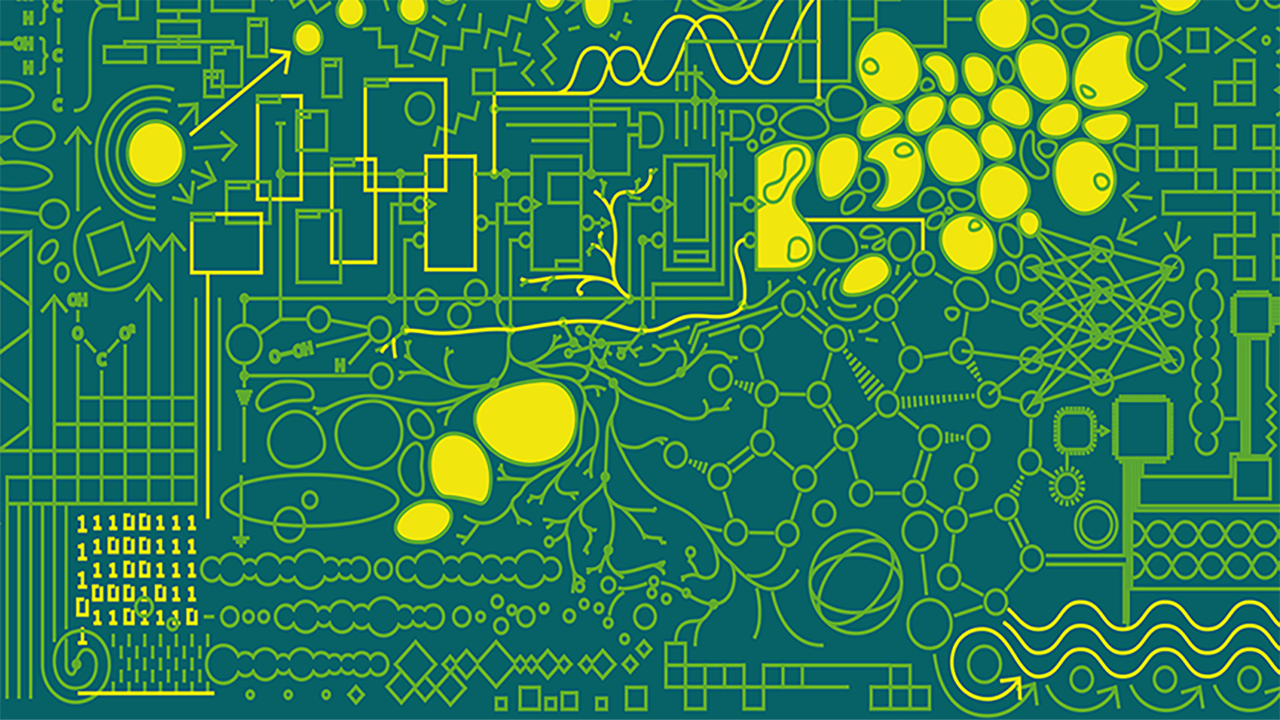


Pingback: Politics of the Machines: Lifelikeness & beyond – PoM Recap #1